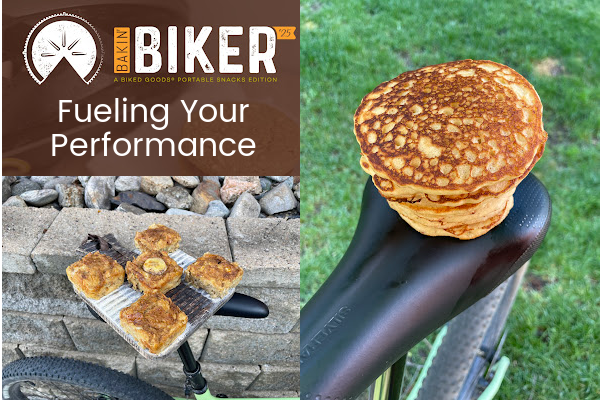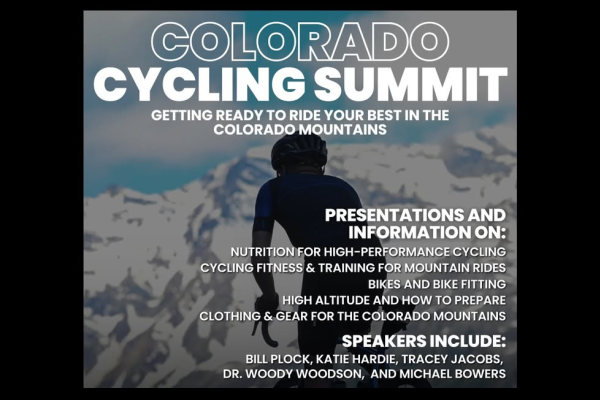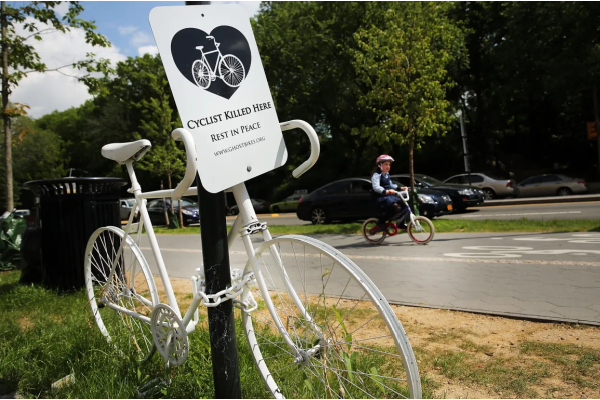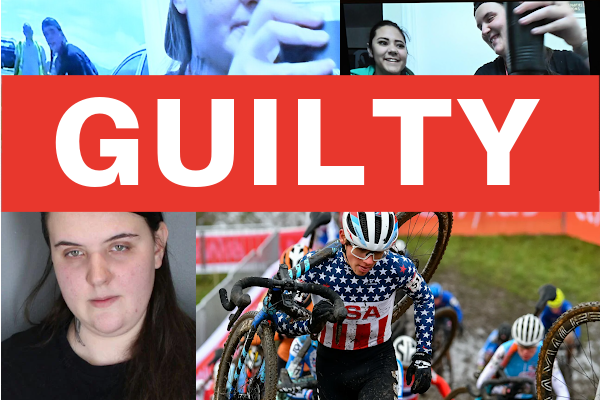Nutrition and food choices are a key component of weight loss for all endurance athletes, including cyclists. When done correctly, weight loss can have a huge impact on cycling performance in two ways:
#1 Improved Power to Weight Ratio
#2 Improved Recovery
The low hanging fruit that people jump to is a caloric deficit (diet). That can give you immediate weight loss, but will in allow you to sustain performance or even optimize performance? Not often. The key is not just the NUMBER of calories, but WHAT are the calories. Consuming 200 calories of pizza rolls is NOT the same as 200 calories of a healthy food option. Often times a simple lifestyle change will result in a leaner, healthier, and faster athlete.
You can divide food into 2 categories to make it simple:
So here goes, these are ‘go slow’ foods:
Limit foods and beverages with added sugars (exception to this being immediately before, during and after training)
Processed foods with partially hydrogenated fats
Partially hydrogenated fats raise your bad cholesterol (LDL) and lower your good cholesterol (HDL), making them not so great for heart health)
Low-fat foods (these are often high in added sugar). Also when you see the phrase “Fat Free or 0 Fat” you can often replace that phrase with “Chemical $h!t-Storm)
Saturated fats found in red meat, cheese, butter, and fried foods
Alcohol (2 greatest lies: 1. Check’s in the mail and 2. A beer after a workout is great to replace carbs.
For weight loss, athletes should also start paying attention to the back label of foods where ingredients like high fructose corn syrup, partially hydrogenated fats, and added sugars are displayed.
Here are some healthy ‘go fast’ food choices you can make:
Complex carbohydrates: sweet potatoes, quinoa, brown or white rice-and yes, if you are training in the morning, some white rice at night is not only OK but awesome!
The post race/ride burrito! (with rice, veggies and a good source of protein) My favorite go-to is the Qdoba Chicken burrito, white rice, black beans, fajita vegis and guac!.
Fruit like apples, oranges, mangoes, bananas (bananas can replace energy bars)
Rice cakes – to use on the bike from Skratch Labs are awesome, but there are plenty of recipes out there.
Snack on fruit or raw vegetables like carrots, broccoli, edamame, green and red pepper slices with some hummus
- Good Fats like Almonds, are also a great snack.
Eat more vegetables
Have a salad for dinner with chicken or fish. Halibut, or Cod is awesome, as well as Salmon, and add a few heathy nuts and some berries on it to accent the flavor.
Dark leafy greens like kale, spinach & arugula – antioxidant rich
Try switching to go fast food choices for a month and see what progress you make.
Eat 3 meals a day and 4 snacks. Aim for 1 ounce of water per pound of weight each day. This basically subscribes to Dr. Phil Goglia where 80% of weight loss occurs in the kitchen thru food choices and 20% occurs from exercise.
If you are already getting your food choices down [the 80% part] with healthy food choices, try using these two tools to take a harder look at your diet and food consumption:
- MyFitnessPal: Complete a 3 day dietary recall . Download the app and start logging what you eat for 3 days. Not just what, but how much. Be detailed.
- Your power-meter or workout tracker can give you your energy spend: 1 kiloJoule on the bike equals 1 calorie of food. Ride 1,000kJ’s and that’s equivalent to a burrito. Ride 2,000 kJ’s and it’s easy to see why you can lose some weight as long as you don’t eat everything that isn’t nailed down in the kitchen when you get home.
Basically it all comes down to taking in fewer calories than your daily caloric requirements, otherwise known as a caloric deficit. Some athletes can successfully ‘diet by math’ to lose weight and if you want to try, we recommend a 250-500 calorie caloric deficit per day. Over 1 week that is 1 lb. 10 weeks = 10 lbs. Don’t diet more than that because your power on the bike and recovery off the bike will decrease. Loosing excessive weight in a short time may look good for bragging, but it does you no good if you do not have the energy to move it.
Before I go any further, there are points in an athlete’s training schedule when it is OK and NOT OK to lose weight. After the season is over and during your base phase are great opportunities to lose some body fat. During your weight program or once you start your intensity training for racing or your big epic rides is not. Formula I racers do not cut their fuel usage in the middle of a race, neither should you. Instead back up and try modifying your diet with the go fast and go slow foods described above. If it’s the right time of year to cut calories try some of these tips:
Try eating 3 moderate-sized meal plus 2 to 3 small snacks over the course of the day
Include more foods that are not calorically dense like salads and vegetables
Include adequate amounts of protein (1.2 to 2g per kg of body weight)
For snacks include a source of carbs and fat or a carbs and protein. Carbs and fats take longer to digest so this will help you feel fuller for longer. A great example is a banana and peanut butter or carrots and hummus. Try to avoid reaching for things like chips or baked goods.
Veggies – include them with every meal! Once your body gets used to it, you will crave them.
On the bike, teach your body to burn fat by riding in zones 1/2 so that it is using your body’s fat stores as the primary source of energy (~70% HR MAX or FAT MAX). You can determine your “FAT MAX” with metabolic testing in the lab. By going slow and burning fat as fuel, you will be able to ride longer without tapping into your glycogen stores. When you deplete your glycogen, that is when you bonk! Read more about zone 2 from Vint Schoenfeldt’s “Why Zone 2, Why So Easy?”
After you finish eating, give yourself 20 minutes before you go back for seconds. This will give time for your satiety hormones to reach your brain and tell you if you are truly full or not.
Remember to consume plenty of carbohydrates once you start your intervals and begin racing. Dieting during the season is risky business and could hurt your cycling decreased power output by way of reduced recovery, muscle immunosuppression and a reduction in performance. There is no worse feeling then half way through a workout realizing you did not eat enough and your tank is on E. You can’t see the E but you will feel it.
Disclaimer: if the recommendations above are not working for you, I suggest working with a dietitian: one that can look at your training plan, use metabolic laboratory data (FAT MAX) plus your power-meter data (kJ’s = calories) AND design a meal plan for long term sustainability. Because after all, we are talking about lifestyle changes, not diets. Above all, congratulations on the commitment you made to your health and to your power to weight ratio!
Colorado Avid Cyclist








